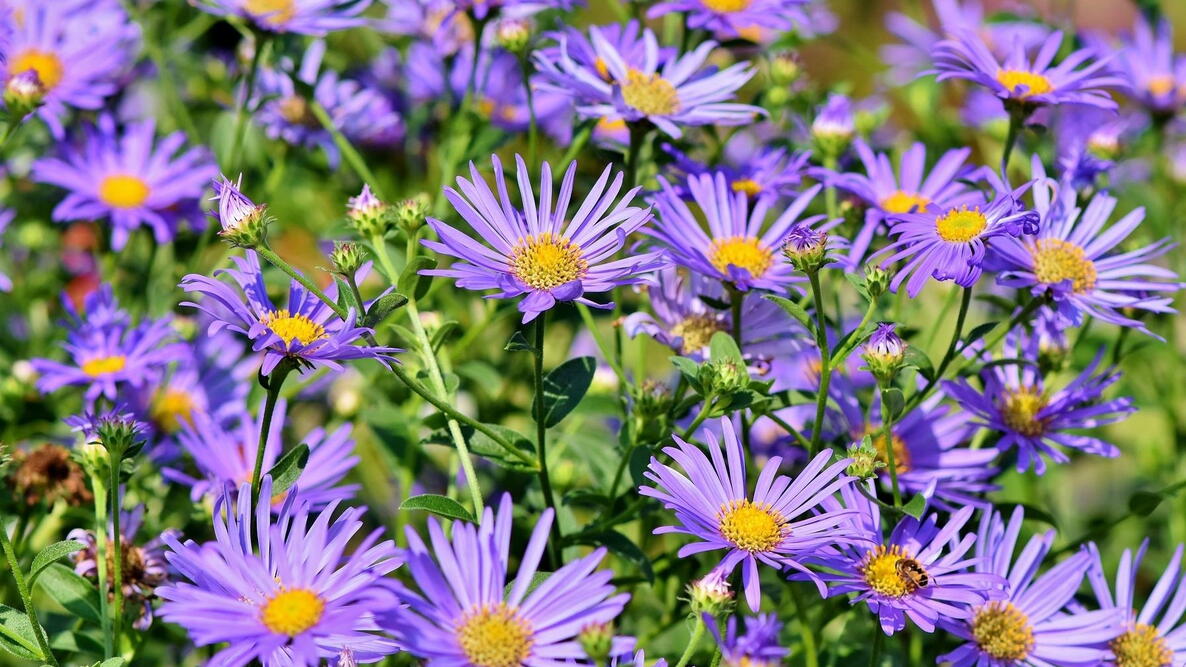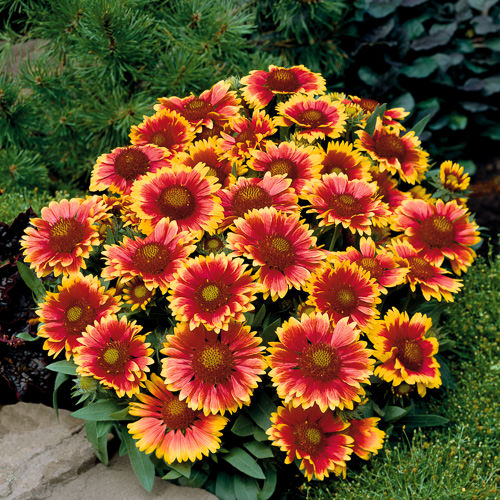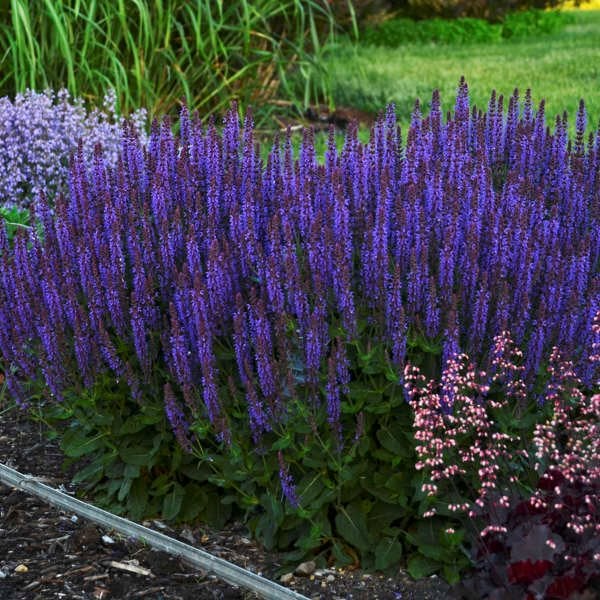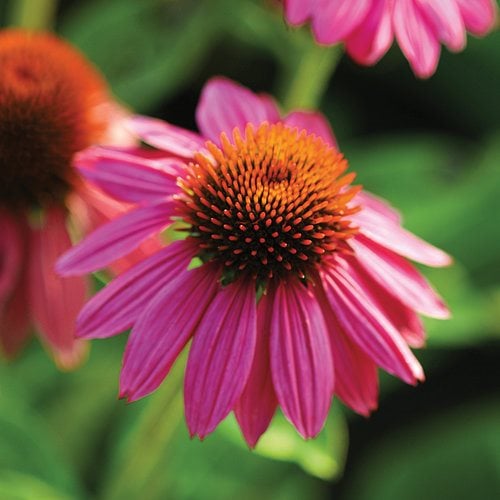Best Companion Plants For Montauk Daisies
Title: Best Companion Plants for Montauk Daisies
Introduction:
Montauk daisies (Nipponanthemum nipponicum) are beautiful, daisy-like perennials that bloom in late summer and fall. They are native to China and Japan, and they grow best in full sun and well-drained soil. Montauk daisies are relatively low-maintenance plants, but they can benefit from regular watering and fertilizing.
One of the best things about Montauk daisies is that they can be used to create a variety of different garden looks. They can be planted in a traditional flower bed, or they can be used to create a more natural, meadow-like setting. Montauk daisies can also be used in containers, and they make a great addition to a patio or deck.
No matter how you choose to use them, Montauk daisies will add a touch of beauty and charm to your garden. And by planting them with the right companion plants, you can create a truly stunning display.
Main Content:
Here are some of the best companion plants for Montauk daisies:
- Asters: Asters are another late-blooming perennial that can add a splash of color to your garden in the fall. They come in a variety of colors, including purple, pink, white, and blue. Asters prefer full sun and well-drained soil.

- Black-eyed Susans: Black-eyed Susans are a classic wildflower that is native to North America. They have bright yellow petals and a dark brown center. Black-eyed Susans prefer full sun and well-drained soil.

- Coneflowers: Coneflowers are another native North American wildflower. They have large, daisy-like flowers that come in a variety of colors, including purple, pink, white, and yellow. Coneflowers prefer full sun and well-drained soil.
- Gaillardias: Gaillardias are bright, daisy-like flowers that bloom in the summer and fall. They come in a variety of colors, including red, orange, yellow, and pink. Gaillardias prefer full sun and well-drained soil.

- Lavender: Lavender is a beautiful, fragrant herb that can add a touch of elegance to your garden. It prefers full sun and well-drained soil.

- Salvias: Salvias are a diverse group of plants that come in a variety of colors, shapes, and sizes. They all have one thing in common: they are all beautiful and easy to care for. Salvias prefer full sun and well-drained soil.

- Shasta daisies: Shasta daisies are a classic white daisy that is native to North America. They prefer full sun and well-drained soil.
- Yarrow: Yarrow is a hardy perennial that is known for its medicinal properties. It has bright yellow flowers that bloom in the summer. Yarrow prefers full sun and well-drained soil.

These are just a few of the many companion plants that you can choose from. When choosing companion plants for Montauk daisies, it is important to consider their growth habits, sunlight requirements, and soil preferences. By choosing plants that have similar needs, you can help to ensure that your plants will thrive.
Conclusion:
Montauk daisies are beautiful and versatile plants that can add a touch of beauty and charm to any garden. By planting them with the right companion plants, you can create a truly stunning display. So next time you are planning your garden, be sure to consider adding Montauk daisies and their many companion plants.
Montauk daisies are beautiful, drought-tolerant perennials that bloom from late summer to fall. They are perfect for adding color and interest to your garden, and they can be companion planted with a variety of other plants.
Some good companion plants for montauk daisies include:
- Asters
- Eupatorium
- Sedum
- Butterfly weed
- Native grasses
These plants have similar growing conditions and will complement each other's flowers and foliage. For example, asters and montauk daisies both bloom in late summer and fall, and their colors will blend beautifully together. Eupatorium is a tall, upright plant that will provide contrast to the mounded shape of the montauk daisies. Sedum is a low-growing succulent that will add texture and interest to the border. Butterfly weed is a native wildflower that will attract butterflies and other pollinators to your garden. And native grasses will add movement and a sense of airiness to the planting.
To learn more about montauk daisy companion plants, visit Home Gardening.
FAQ of montauk daisy companion plants
- What are good companion plants for Montauk daisies?
Montauk daisies are late-blooming perennials that thrive in full sun and well-drained soil. They are relatively drought-tolerant once established, but they do appreciate a good soaking during dry periods. Montauk daisies are also deer-resistant, which makes them a good choice for gardens in areas with high deer populations.
Some good companion plants for Montauk daisies include:
* Other late-blooming perennials, such as asters, mums, and goldenrods
* Ornamental grasses, such as red switchgrass and Indian grass
* Butterflies, such as swallowtails and monarchs
* Bees
- Where is the best place to plant Montauk daisies?
Montauk daisies should be planted in full sun. They will tolerate some light afternoon shade, but they will not bloom as well if they are shaded for too long. Montauk daisies also need well-drained soil. If your soil is heavy clay, you may need to amend it with sand or compost to improve drainage.
- What fertilizer should I use for Montauk daisies?
Montauk daisies typically do not need much fertilizer. A light application of a balanced fertilizer in the spring will help them to bloom well. However, too much fertilizer can cause the plants to become floppy and unhealthy.
- How do I care for Montauk daisies?
Montauk daisies are relatively easy to care for. They need to be watered regularly, especially during hot, dry weather. They should also be deadheaded regularly to encourage new flower growth. In the fall, you can cut the plants back to the ground to prepare them for winter.
- How do I propagate Montauk daisies?
Montauk daisies can be propagated by division or by seed. Division is the easiest method. In the spring, carefully dig up a clump of Montauk daisies and divide it into smaller clumps. Replant the smaller clumps in their own pots or in the garden.
- How long do Montauk daisies live?
Montauk daisies can live for several years with proper care. However, they may start to look leggy and unhealthy after a few years. In this case, you may want to divide the plants or replant them in a new location.
Image of montauk daisy companion plants
10 different images of Montauk daisy companion plants that are free to use:
- Coreopsis: Coreopsis is a daisy-like flower that blooms in shades of yellow, orange, and red. It is a good companion plant for Montauk daisies because it has similar growing requirements and can help to attract pollinators.
- Echinacea: Echinacea is a coneflower that blooms in shades of pink, purple, and white. It is another good companion plant for Montauk daisies because it is drought-tolerant and can help to deter pests.

- Aster: Asters are daisy-like flowers that bloom in shades of blue, purple, and white. They are a good companion plant for Montauk daisies because they can help to extend the blooming season.

- Coneflower: Coneflowers are daisy-like flowers that bloom in shades of pink, purple, and white. They are a good companion plant for Montauk daisies because they can help to attract pollinators.

- Yarrow: Yarrow is a daisy-like flower that blooms in shades of white, yellow, and pink. It is a good companion plant for Montauk daisies because it can help to repel pests and diseases.

- Salvia: Salvias are flowering plants that bloom in shades of blue, purple, and red. They are a good companion plant for Montauk daisies because they can help to attract pollinators and deter pests.
- Lavender: Lavender is a flowering plant that blooms in shades of purple and blue. It is a good companion plant for Montauk daisies because it can help to repel pests and add a touch of fragrance to the garden.

- Zinnias: Zinnias are flowering plants that bloom in shades of yellow, orange, red, and purple. They are a good companion plant for Montauk daisies because they can help to attract pollinators and add a touch of color to the garden.
- Marigolds: Marigolds are flowering plants that bloom in shades of yellow, orange, and red. They are a good companion plant for Montauk daisies because they can help to repel pests and add a touch of color to the garden.

- Petunias: Petunias are flowering plants that bloom in shades of purple, pink, white, and blue. They are a good companion plant for Montauk daisies because they can help to attract pollinators and add a touch of color to the garden.
Post a Comment for " Best Companion Plants For Montauk Daisies"